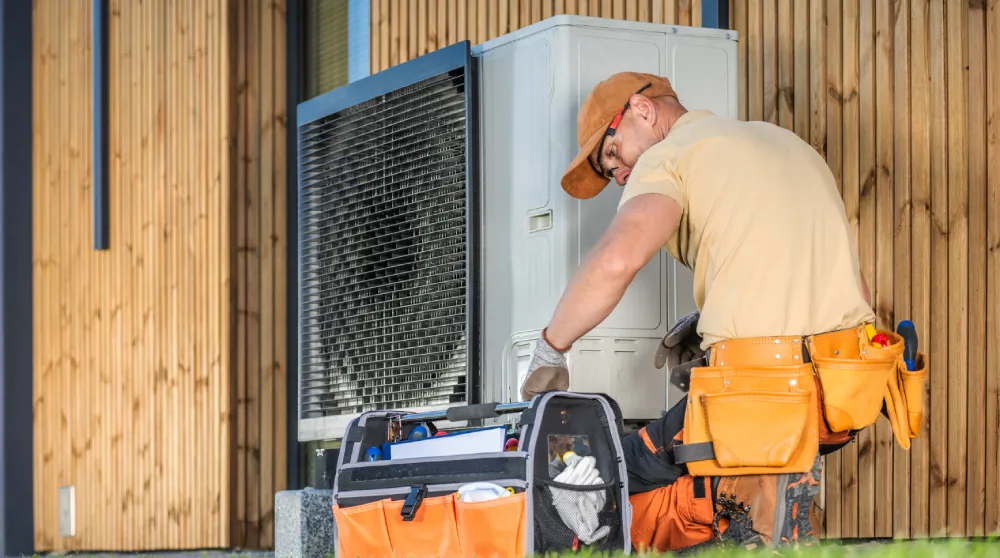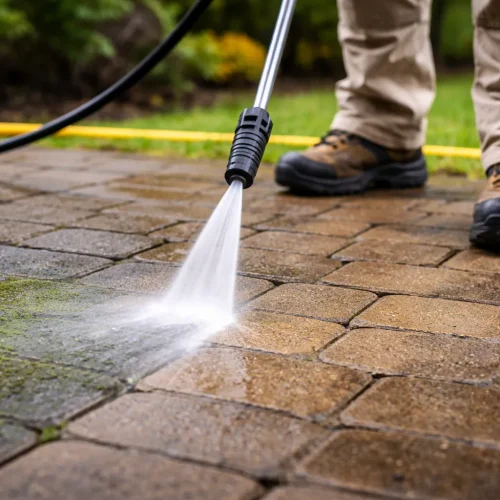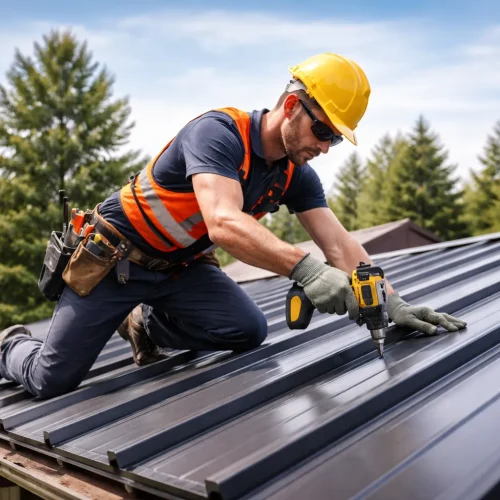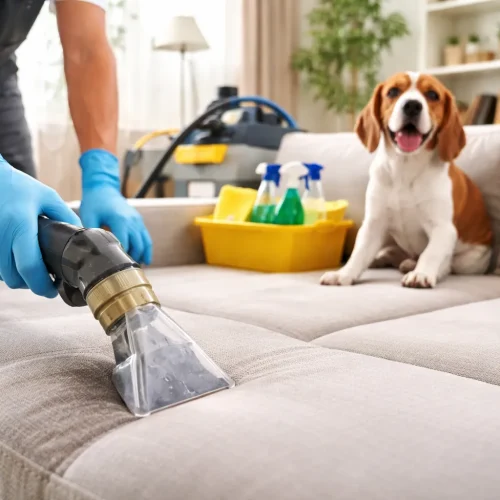
According to Energy Star, heating and cooling account for nearly half of a household’s total energy use. That means your HVAC system has the biggest impact on both your comfort and your wallet. Many homeowners struggle with high energy bills or unexpected breakdowns, yet the real issue often comes down to something simple—lack of seasonal maintenance. When an HVAC system goes unchecked, small issues grow into big problems, efficiency drops, and the system wears out sooner than it should.
For people living in places with four distinct seasons, like Willoughby, OH, these challenges can feel even more noticeable. Without proper care, the constant shifting between heating and cooling takes a toll on equipment. The good news is that consistent seasonal maintenance can prevent most of these problems. It keeps systems running smoothly, lowers energy costs, and adds years of reliable service. Let’s look at why this matters and how simple seasonal steps can make a real difference.
How Regular Maintenance Saves Money Over Time
Seasonal maintenance may seem like an added expense, but it actually saves money in several ways. A well-maintained system uses less energy, which lowers monthly bills. It also avoids sudden breakdowns that lead to costly emergency repairs. Over time, regular care extends the life of equipment, which means homeowners can delay replacing an expensive unit.
When the time eventually comes to upgrade, the same rules apply. New systems perform at their best when they receive consistent care from the start. That is why many homeowners who schedule mini split installation in Willoughby, OH also arrange ongoing maintenance. It protects their investment, keeps efficiency high, and reduces the chance of premature repairs.
Ductwork Problems: The Hidden Energy Drain
Ductwork often goes unnoticed because it is out of sight, but it plays a major role in efficiency. If ducts leak or are poorly sealed, a large amount of heated or cooled air escapes before it reaches the living space. It is estimated that leaky ducts can waste 20 to 30 percent of the energy used by a central heating and cooling system.
Homeowners can often spot duct problems by looking for uneven heating or cooling between rooms, excessive dust, or whistling sounds when the system runs. While some issues, like loose connections, can be fixed with sealant or tape, major leaks or damage require professional repair. Scheduling duct inspections as part of seasonal maintenance ensures that energy is not wasted and comfort is consistent throughout the home.
Spring Check-Up: Preparing for the Cooling Season
Spring is the perfect time to prepare your system for the heavy workload of summer. During winter, outdoor units often collect dirt, leaves, and other debris. If this buildup is not removed, it blocks airflow and reduces efficiency. Cleaning the coils and clearing the area around the outdoor unit is one of the simplest yet most effective steps.
It is also important to check refrigerant levels before the heat arrives. Low refrigerant makes it harder for the system to cool the home, which not only raises bills but also risks damaging the compressor. Thermostat testing in spring ensures that the system responds correctly to temperature settings, preventing unexpected problems when the heat sets in. A simple spring check-up keeps the system ready for the months ahead.
Summer Readiness: Keeping Efficiency High During Peak Heat
Summer is the season when cooling systems face the greatest stress. Air conditioners often run for long hours, and any inefficiency quickly adds up. The most common cause of high bills in summer is restricted airflow. Something as simple as a dirty filter can make the system work harder than it should. Replacing filters regularly during the hot months can cut costs and prevent wear.
Ductwork should also be checked for leaks before the summer begins. Even small holes or gaps in ducts let cooled air escape, forcing the system to run longer. The result is uneven cooling in the home and wasted energy. By addressing these problems early, homeowners can avoid high bills and enjoy steady comfort throughout the season.
Fall Maintenance: Transitioning Smoothly to Heating Mode
As temperatures begin to drop, fall maintenance helps prepare the heating side of the system. One of the most critical checks is the furnace burner and ignition system. If these components fail, the furnace may not turn on when needed. Inspections in the fall season ensure that the system is safe and reliable before winter starts.
Heat exchangers should also be examined for cracks. A damaged exchanger can leak carbon monoxide, which is a serious health risk. Professional inspections are especially important for this reason. Fall is also the time to test carbon monoxide detectors and replace batteries if needed. Taking these steps ensures safe and efficient heating for the cold months ahead.
Winter Preparations: Staying Warm Without Overspending
Winter puts heavy demand on heating systems, and preparation helps avoid both discomfort and high costs. One of the first steps is to check seals around windows and doors. Poor insulation allows heat to escape, which forces the furnace to run longer and wastes energy.
Listening for unusual noises is another way to spot early signs of trouble. Loud banging, rattling, or squealing can mean problems with the blower motor or other components. Addressing these issues quickly prevents full system failures during freezing weather. For homes with humidifiers, winter is also the time to check their function. Proper humidity not only improves comfort but also reduces strain on the heating system.
Seasonal HVAC maintenance is more than a checklist—it is the key to reliable comfort and lower costs. Simple steps like replacing filters, cleaning coils, and checking ductwork go a long way in keeping systems efficient. Adding professional inspections ensures that hidden problems are caught early. The result is a system that runs smoothly through every season, with fewer breakdowns and lower energy use.
For homeowners, the benefits are clear: lower monthly bills, improved air quality, and a system that lasts for years longer than one left unchecked. A small investment of time and care each season prevents major expenses later and guarantees dependable comfort year-round. Making seasonal HVAC maintenance a habit is one of the best decisions a homeowner can make.












